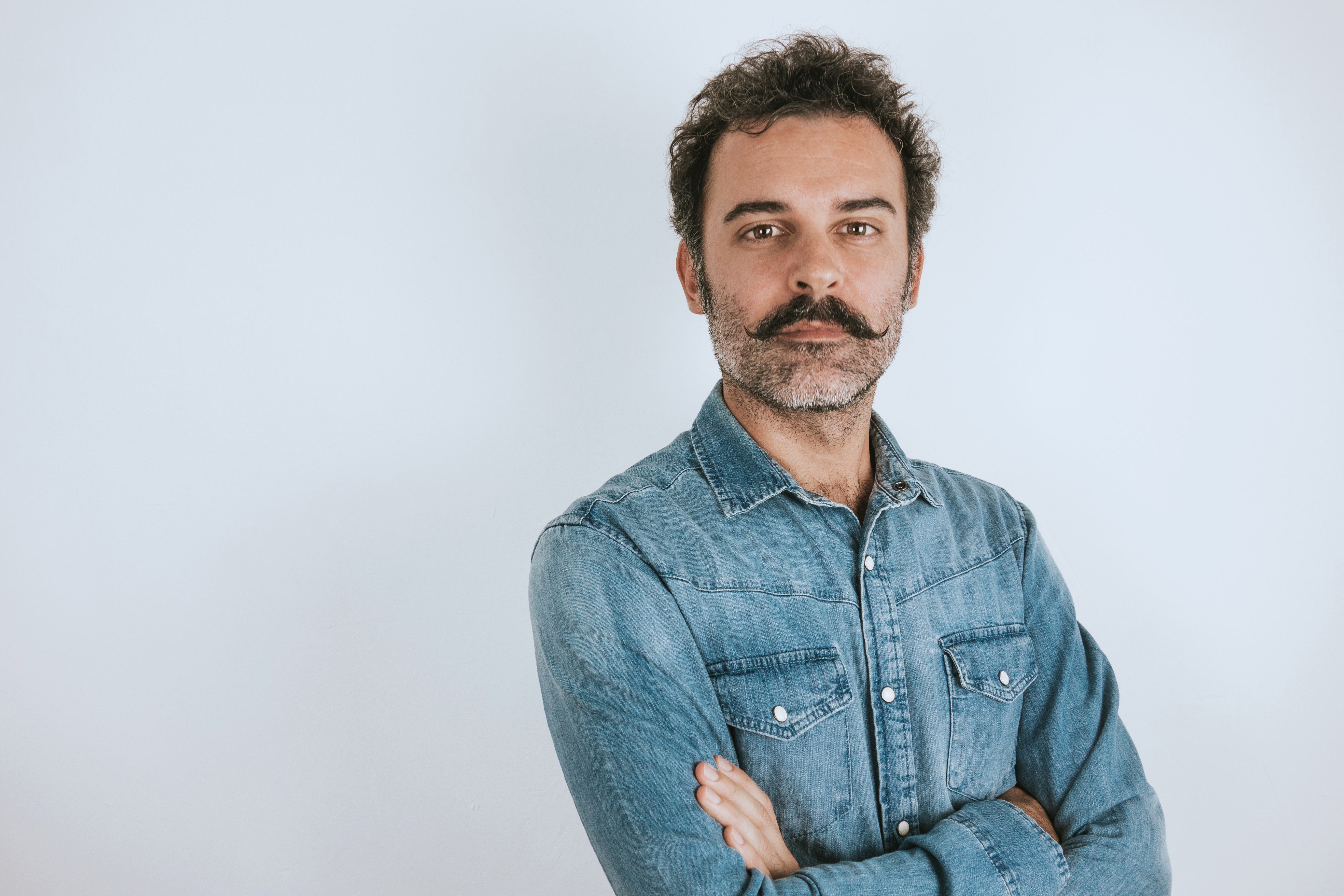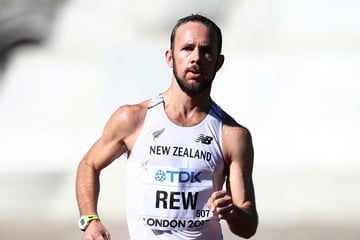With advancements in technology and healthcare, Australians are living longer. This means that with an ageing population we also have an ageing working population as people are remaining in employment for longer. Whilst this has benefits for both the individual and their employer, there is also an increasing risk of workplace falls and fall-related injuries in an ageing working population.
The participation rate of Australians aged 55 years and over in the workforce was 23 per cent in 1984. This steadily increased to 35 per cent in 20141. The ageing of our working population is expected to increase over the next decade due to declining fertility rates and increased longevity. The number of Australians aged 65 years and over in the general population is projected to almost double from 2002 to 2021, whilst the younger population is projected to remain about the same2.
Retaining older workers has benefits for the employer and other co-workers. Older workers are able to share their previous years of skills, knowledge and experience to improve or restructure current workplace practices. They can also provide different perspectives and input which reflects the needs and understandings of older adults in the workplace2,3. With the older population increasing at a faster rate than younger populations, there is also a need to retain older workers as there is a projected workplace shortage, particularly in aged health care2,3. Remaining in employment as we age also has benefits for the individual. This includes receiving income which can give a sense of financial security, independence and freedom, and working can give people a sense of productivity, motivation and purpose.
Whilst there are many benefits to an ageing workforce, our changing bodies over time can have a serious impact on our ability to work. Long-term stress on our muscles, bones, and joints, particularly from long-term physical work, or short-term stress on our muscles, bones and joints in older age, can significantly increase our risk of a workplace fall or fall-related injury4. As we get older our muscle strength and elasticity declines, and our muscles take longer to respond to stimuli. Our bones also become less dense and are more likely to break in the event of a fall4. This creates a need for both employers and older employees to work together and create safe working environments for the ageing working population.
To reduce the risk of falls and fall-related injuries, workplaces can:
- Supply safe tools, equipment, ladders and steps which are stored correctly and checked regularly4
- Conduct regular safety workshops on how to correctly use tools and equipment
- Identify hazards, such as uneven surfaces, and mark or remove these hazards as practically as possible5
- Install proper lighting and fall prevention barriers including guard rails4
- Reduce climbing and working at heights to minimise the risk of slips, trips and falls4,5
- Rotate work assignments amongst employees to reduce the risk of overexertion and injuries related to stress on muscles, bones and joints4
- Offer exercise programs or stretch breaks throughout the workday to improve balance and strength4
Older workers can also take steps in the workplace and in their daily life to reduce their risk of falls and fall-related injuries. These include:
- Use steps, ladders, tools and equipment as instructed4
- Participate in regular exercise for at least 3 hours a week6
- Do exercises that challenges balance6
- Add weight-bearing activities to a regular exercise routine6
- Eat a healthy diet that includes foods containing calcium6
- Ensure appropriate footwear is worn when at work and exercising4,5
With an ageing population, the implementation of fall prevention measures is becoming increasingly important in all workplaces. It is the responsibility of the workplace owner and employees to work together to manage the risk of falls and fall-related injuries in the workplace.
Courtney is a recent graduate from the University of Sydney with a Masters of Health Communication who is passionate about improving digital communications in the health field. Her studies focused on topics such as physical activity, healthy eating, fall prevention, and psychology. Courtney currently works for The George Institute for Global Health where she helps manage the Active and Healthy website.
References
- Australian Institute of Health and Welfare (AIHW) 2016. Australia’s Welfare 2015: Working age (25-64), AIHW, Canberra.
- Department of Infrastructure and Regional Development 2005. 2003-2004 Report on the operation of the local government (financial assistance) act 1995: Chapter 6: Health and ageing – impact on local government, Department of Infrastructure and Regional Development, Canberra.
- de Boer, R 2010, Challenges of an ageing population, viewed 23 February 2017, http://www.aph.gov.au/About_Parliament/Parliamentary_Departments/Parliamentary_Library/pubs/BriefingBook43p/ageingpopulation.
- WorkSafe Tasmania 2014, Safe and healthy: A guide to managing an ageing workforce, viewed 23 February 2017, http://worksafe.tas.gov.au/__data/assets/pdf_file/0003/283782/BetterWork_Ageing_WorkforceT.pdf.
- Safe Work Australia, 2011, Managing the risk of falls at workplaces: Code of practice 2011, viewed 1 March 2017, https://www.worksafe.qld.gov.au/__data/assets/pdf_file/0004/58171/managing-risk-falls-workplaces-cop-2011.pdf.
- Sherrington, C, Michaleff, ZA, Fairhall, N, Paul, SS, Tiedemann, A, Whitney, J, Cumming, RG, Herbert, RD, Close, JCT, & Lord, SR 2016, ‘Exercise to prevent falls in older adults: An updated systematic review and meta-analysis’, British Journal of Sports Medicine, 22, no. 4, pp. 78–83.















